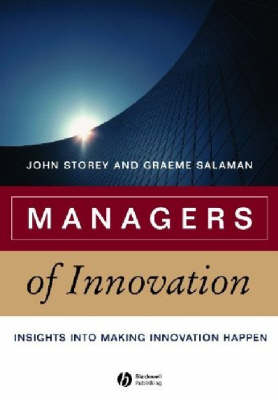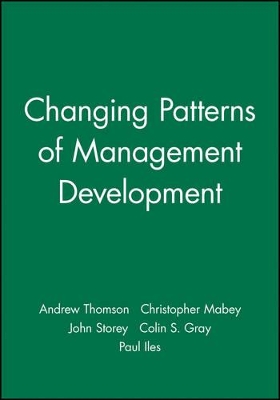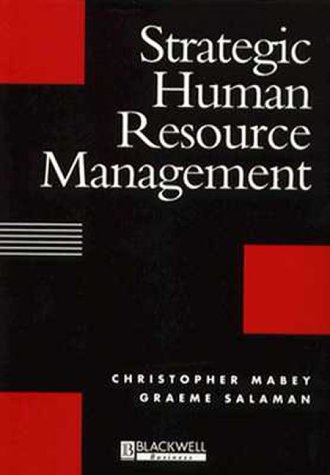Management, Organizations and Business
1 primary work • 4 total works
Book 3
Drawing on 350 in-depth interviews with senior managers, this book presents an original theory about the characteristics of managers in “good innovative organizations” and “poor innovative organizations”. It pays close attention to the attitudes, understandings, assumptions and interpretations of managers, who are often the ultimate decision-makers when it comes to innovation. The text is supported by real-life, internationally-known cases such as Hewlett-Packard, Zeneca and the BBC, as well as voluntary sector cases such as Oxfam. It is also enriched by substantial and highly revealing quotations from senior managers themselves.
Changing Patterns of Management Development
by Andrew Thomson, Christopher Mabey, John Storey, Colin S. Gray, and Paul Iles
- Helps managers to understand how their organisations’ performance could be improved.
- Presents an overview of the advice on organisational improvement facing managers.
- Classifies and evaluates various different approaches.
- Highlights the relationships between strategy and capability.



